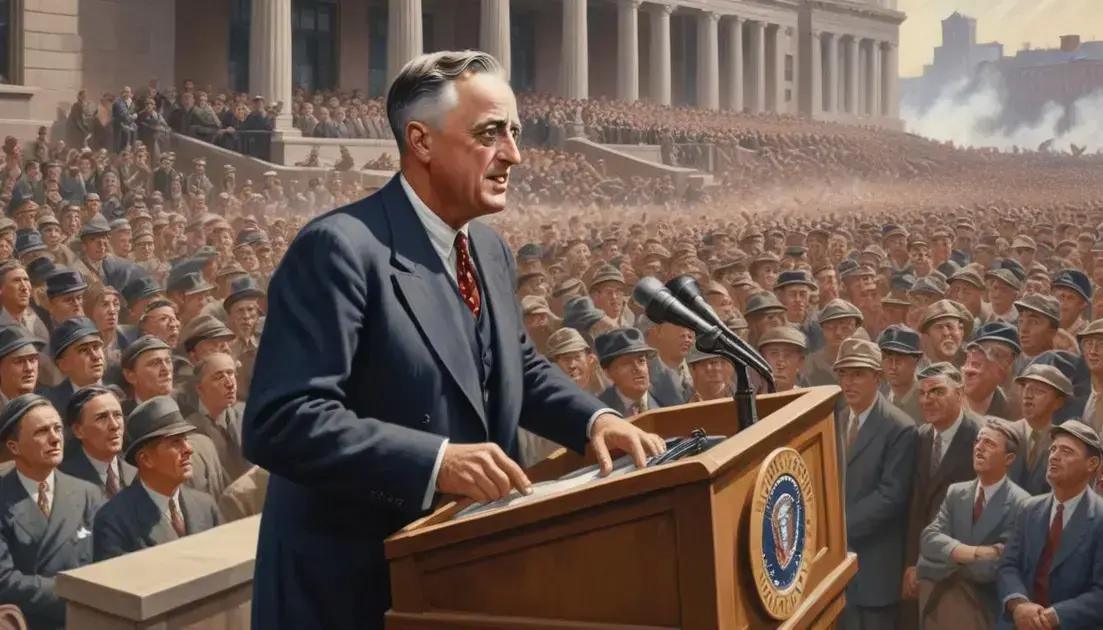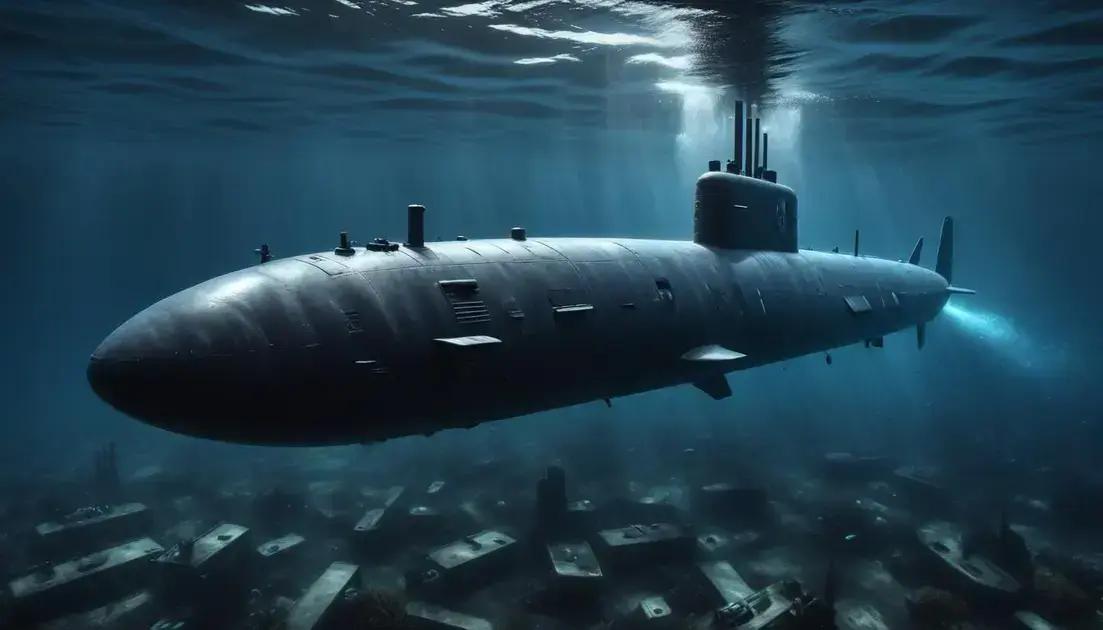
U-2 Case: When the Sky Became a Battlefield
The U-2 Incident marked a significant moment in the Cold War when an American spy plane was shot down over the Soviet Union, leading to heightened tensions and diplomatic fallout. The pilot, Francis Gary Powers, was captured, revealing U.S. espionage efforts and ending high-level talks between the superpowers. The incident escalated military preparedness on both sides and shifted espionage tactics, with a move toward satellite surveillance instead of risky flights. Ultimately, the U-2 Incident demonstrated the fragile nature of peace and the importance of careful diplomatic communication.
In the world of espionage, the U-2 Incident stands as a turning point, showcasing the delicate balance of power during the Cold War. Ever wondered how a single event could ignite such international turmoil? Let’s delve in!
The background of the U-2 Incident
The U-2 Incident happened during the Cold War, a time of high tension between the United States and the Soviet Union. In 1960, a U-2 spy plane operated by the U.S. was shot down over Soviet territory. The pilot, Francis Gary Powers, was captured, which sparked a major diplomatic crisis.
Why was the U-2 in the USSR?
The U-2’s purpose was to gather intelligence. The U.S. was concerned about Soviet military capabilities and wanted clear information. These flights helped identify missile sites and military movements.
The Cold War Context
The Cold War was characterized by distrust between the superpowers. The U.S. and the USSR engaged in a race for technological and military supremacy. Each country sought to gather information on the other.
The U-2 program was secretive but essential. It provided valuable insights into Soviet activities. This created fear and tension, leading to increased hostilities.
Significance of the Incident
The downing of the U-2 had severe consequences. It shattered the talks of peace between the two nations. Instead of easing tensions, it escalated them.
When the pilot was captured, the U.S. initially denied the true purpose of the flight. They claimed it was a weather research plane. This lie was quickly exposed when the Soviets displayed Powers and the plane’s debris to the world.
The event that escalated tensions
The U-2 Incident was a key moment that escalated Cold War tensions. On May 1, 1960, a U.S. U-2 spy plane was shot down over the Soviet Union. The pilot, Francis Gary Powers, was captured by Soviet forces. This event angered both sides and changed the course of history.
Immediate Reactions
When the plane went down, the U.S. government tried to deny its true purpose. Officials claimed it was a weather research flight. However, the Soviets displayed the wreckage and Powers, exposing the lie.
International Fallout
The U-2 incident caused a major rift in U.S.-Soviet relations. It stopped important diplomatic talks that were taking place in Paris. Leaders were shocked and frustrated. They knew this event could lead to more conflict.
Increased Hostility
In the aftermath, both countries ramped up military activities. The U.S. increased its reconnaissance missions. The Soviets developed better air defenses to protect against future spy planes. This was a clear signal that tensions were rising.
Media across the world reported on the incident, fueling public interest and concern. People feared that this could lead to larger conflicts or even war. The U-2 incident became a symbol of the mistrust that defined the Cold War.
Consequences of the U-2 Incident
The U-2 Incident had several important consequences that changed the Cold War landscape. First, it heightened tensions between the United States and the Soviet Union. The failure of diplomatic talks in Paris made leaders anxious about future relations.
Increased Military Presence
After the incident, both countries increased their military readiness. The U.S. escalated spy flights, while the Soviets focused on improving their defense systems. This led to a more dangerous environment.
Public Reaction
The public reacted strongly to the U-2 Incident. Newspapers worldwide reported on it, fueling fears of war. People worried that this could lead to a larger conflict between the superpowers.
Shifts in Espionage
The U-2 Incident shifted how espionage was conducted. The U.S. turned to more advanced technology for spying. Satellite photos began to replace risky flights over enemy territory. This change helped gather intelligence safely.
Long-Term Impact
In the long run, the U-2 Incident showed the importance of careful diplomacy. Leaders learned that misunderstandings could lead to serious consequences. This event shaped U.S.-Soviet relations for years to come, impacting future negotiations.
Conclusion
In conclusion, the U-2 Incident was a pivotal event in the Cold War. It heightened tensions between the United States and the Soviet Union. This incident not only affected diplomatic relations but also changed how espionage was conducted.
The reactions from both nations led to increased military readiness and public concern. People realized how fragile peace could be. The lessons learned from this incident emphasized the need for careful communication and diplomacy.
As we reflect on the consequences of the U-2 Incident, it is crucial to understand its lasting impact on international relations. This event shows us how misunderstandings can escalate conflicts and shape history.


